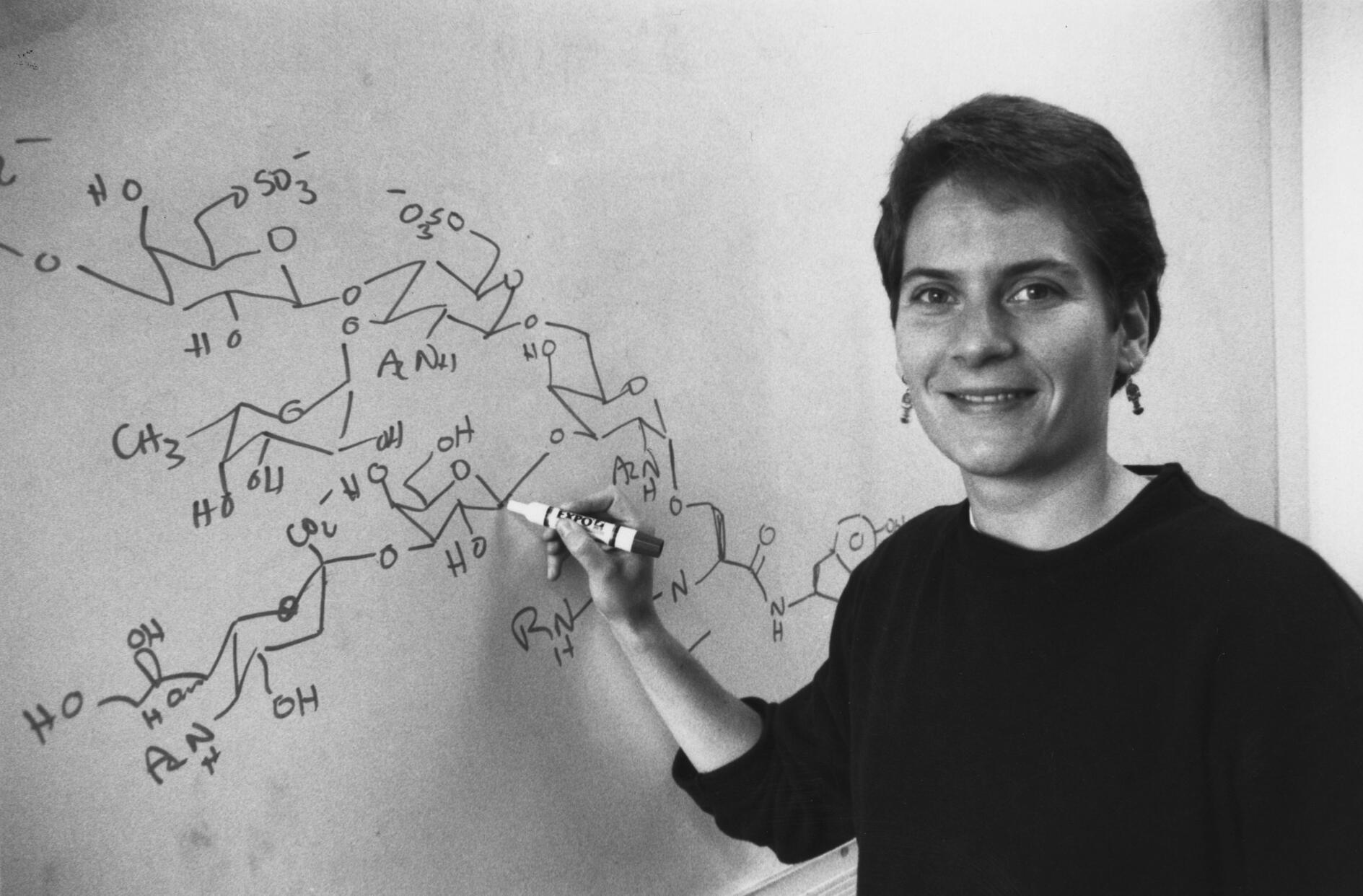- « first View: Taxonomy term
- ‹ previous View: Taxonomy term
- …
- 4 of 58 View: Taxonomy term
- 5 of 58 View: Taxonomy term
- 6 of 58 View: Taxonomy term
- 7 of 58 View: Taxonomy term
- 8 of 58 View: Taxonomy term (Current page)
- 9 of 58 View: Taxonomy term
- 10 of 58 View: Taxonomy term
- 11 of 58 View: Taxonomy term
- 12 of 58 View: Taxonomy term
- …
- next › View: Taxonomy term
- last » View: Taxonomy term

 Photo: Professor William Lester in the 1980s at UC Berkeley.
Photo: Professor William Lester in the 1980s at UC Berkeley. 


